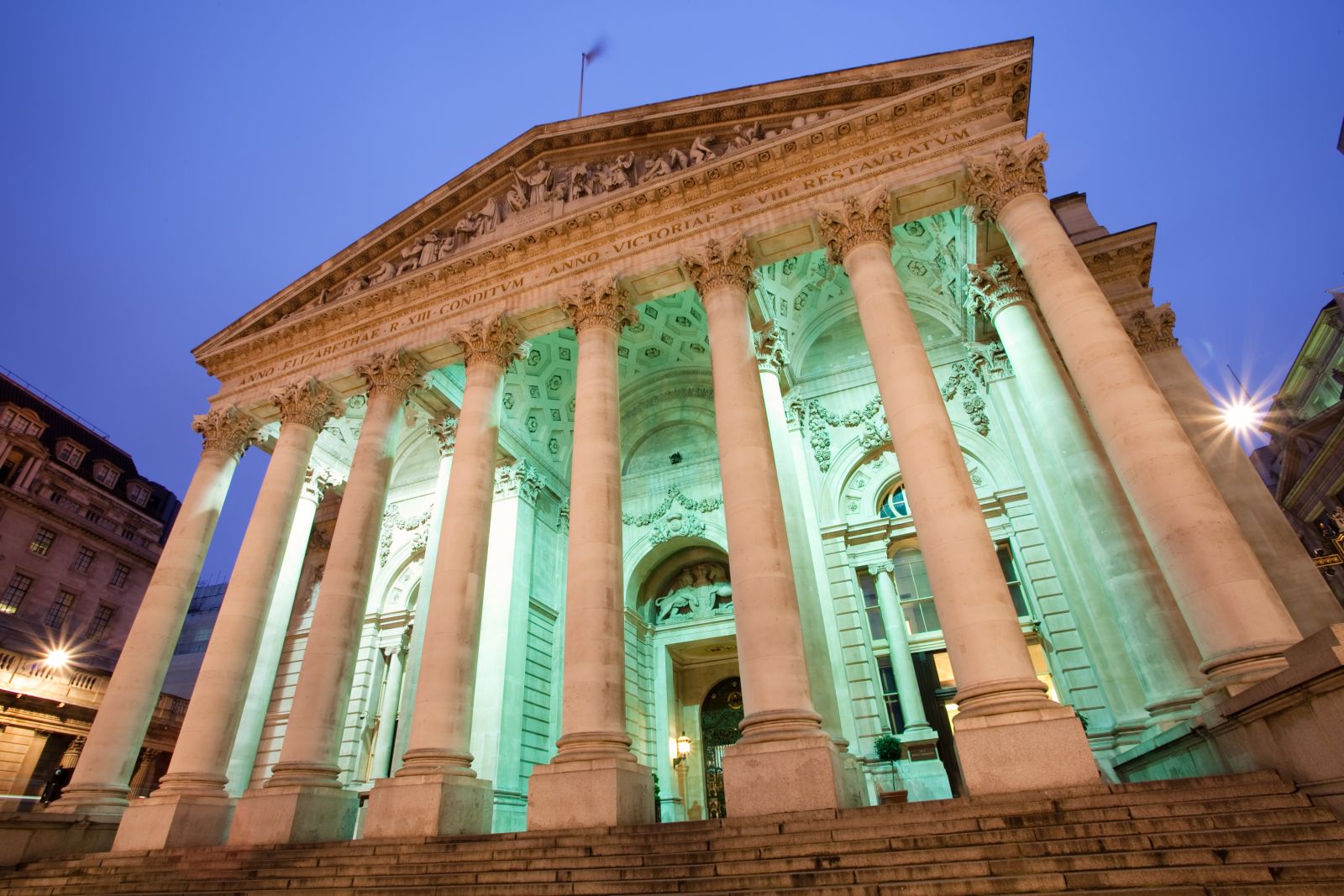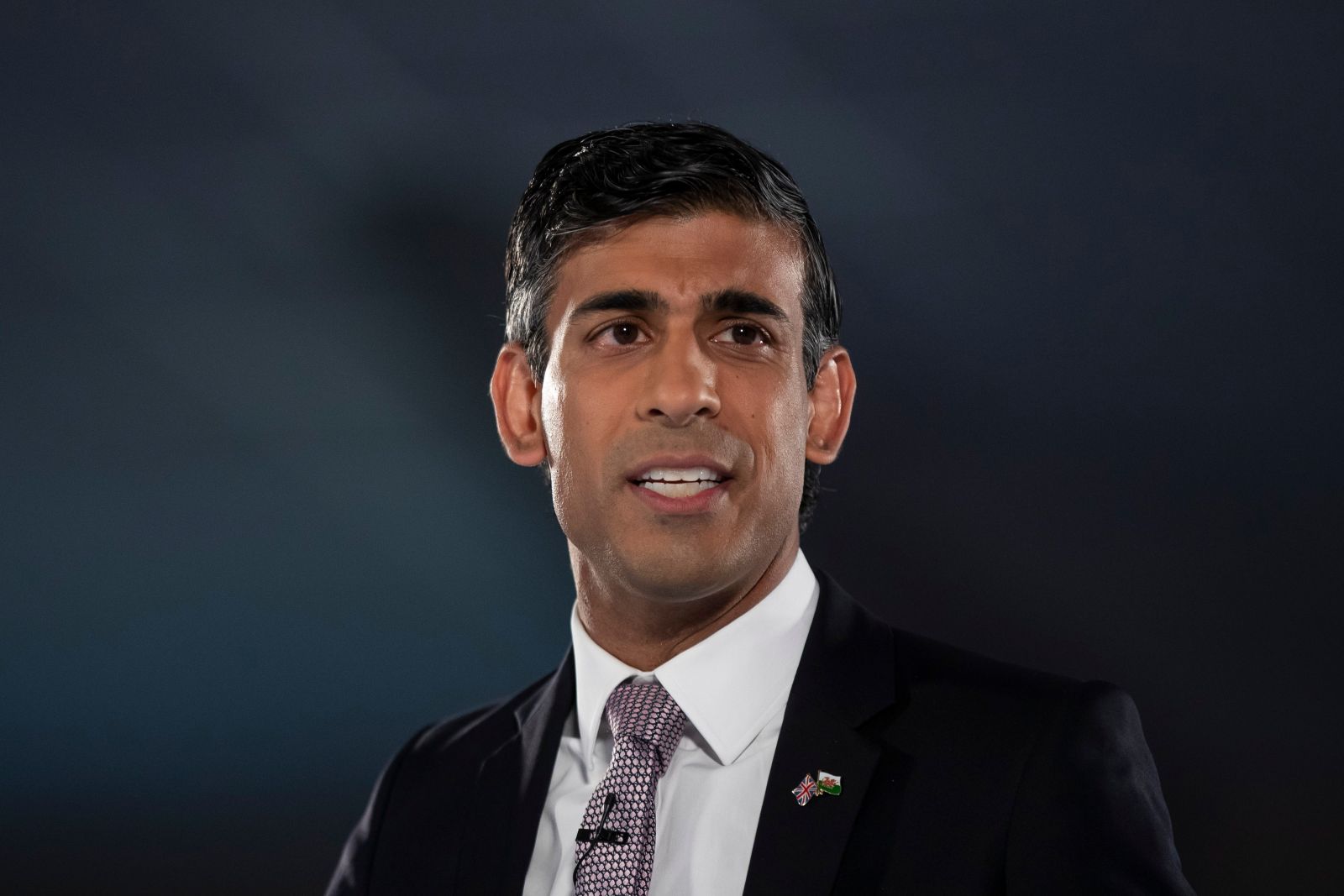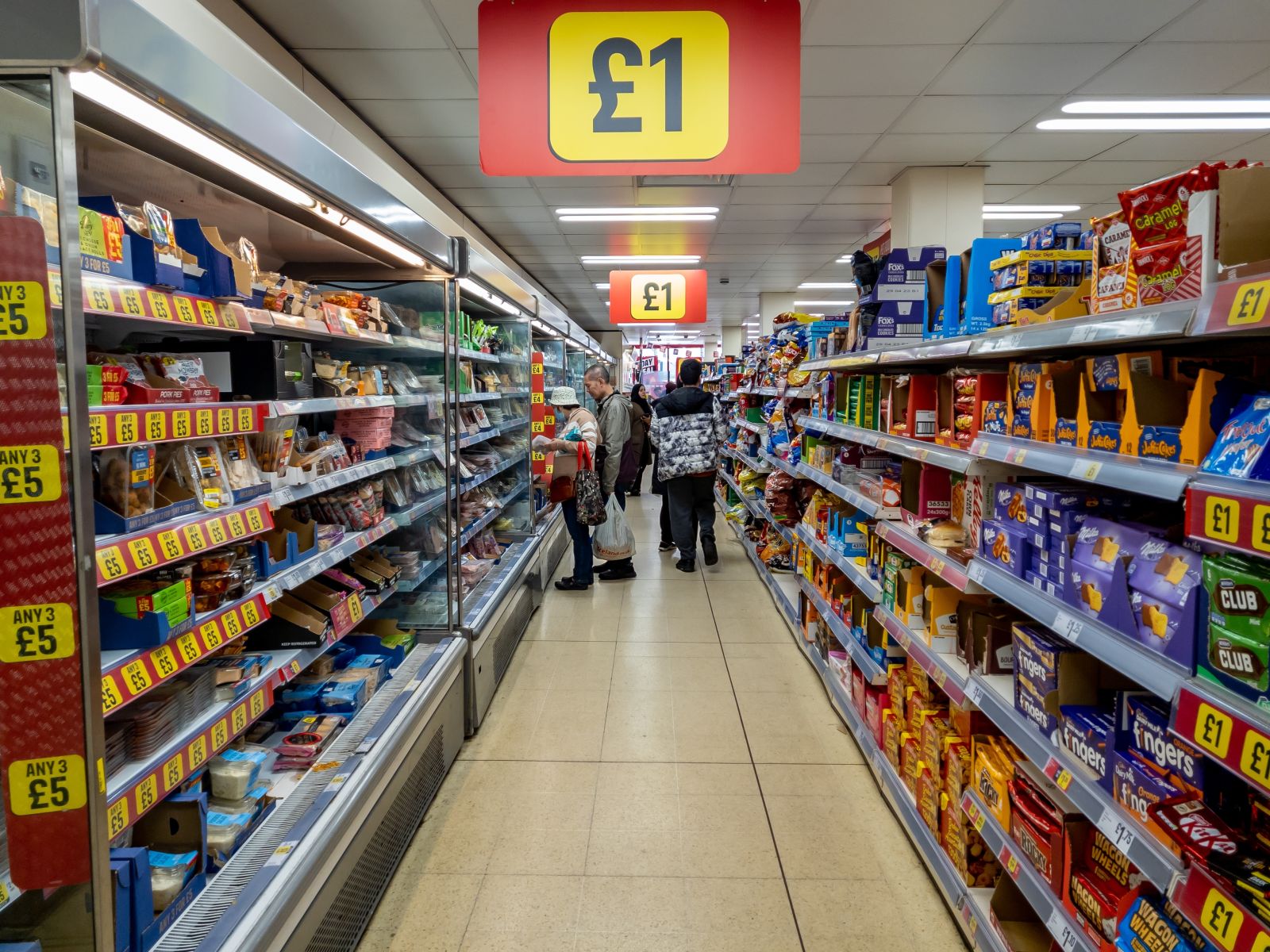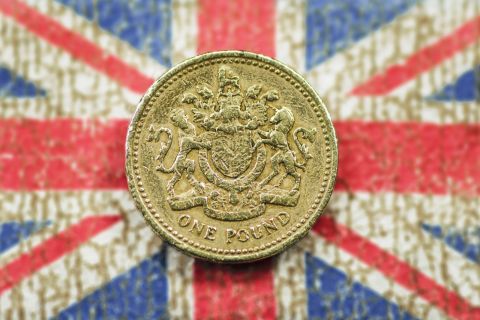ALBAWABA – The United Kingdom’s (UK) Office for National Statistics on Wednesday revealed that annual headline UK inflation declined in July, while other inflation indexes picked up, news agencies reported.
Headline UK inflation, i.e. the Consumer Price Index (CPI), rose by an annual rate of 6.8 percent, down from 7.9 percent in July, the ONS said in a statement.
CPI inflation decelerated to the lowest in 15 months off the back of lower energy prices, in line with the Bank of England and economists’ expectations, according to Agence France-Presse (AFP). Even though Bloomberg’s analysts expected headline UK inflation to decelerate to 6.7 percent.
Either way, the CPI remains more than triple the BOE’s target of two percent.

The core rate of inflation, excluding food and energy prices, held at 6.9 percent in July instead of ticking down as economists had expected, Bloomberg reported.
BOE forecast slightly off point on headline UK inflation
While falling energy and food price inflation brought the headline UK inflation rate down from 7.9 percent in June, the cost of services accelerated by 0.2 percent to 7.4 percent.
UK services inflation reaccelerated in July, back to this year’s May levels, last seen in 1992, according to Bloomberg.
Meanwhile, food prices continue to rise, but at a lesser rate compared to July last year.
On the other hand, airline tickets and hotel prices increased rapidly in July, along with a significant 1.7 percent rise in property rent costs, mainly from state-supported housing, Bloomberg reported.
Coupled with the record surge in wages reported Tuesday and strong growth, all of these factors bolstered headline UK inflation and may have contributed to it missing BOE forecasts by 0.1 percent.

Notably, the UK is suffering through the worst inflationary spiral among the member nations of the Group of Seven (G7).
Headline inflation in July stood at 5.3 percent in the euro area, 3.2 percent in the United States and 3.3 percent in Japan, as reported by Bloomberg. Investors have priced in a quarter-point rate hike or more by the Bank of England next month, the news agency confirmed.
UK’s Prime Minister Rishi Sunak has set a target of halving inflation through this year to around five percent by the end of 2023.
“While price rises are slowing, we’re not at the finish line,” Chancellor of the Exchequer Jeremy Hunt said. “We must stick to our plan to halve inflation this year and get it back to the 2 percent target as soon as possible.”
Gov’t plan to halve headline UK inflation in 2023 at risk – Bloomberg
Speaking on Wednesday's figures, Sunak said in a statement that "the plan is working".
"If we stick to the plan I've set out, we'll get it done," the premier said.

But some analysts do not agree with what the Prime Minister said.
Heidi Karjalainen, a research economist at the Institute for Fiscal Studies, told Bloomberg that the government’s goal to cut inflation in half this year is at risk.
“There is only so much the Treasury can do to influence the pace of price increases,” she said.
“With only four months to go, it no longer seems at all clear that inflation at the end of the year will have fallen by enough to achieve it.”
Likewise, chief investment officer at Premier Miton Investors Neil Birrell agrees.
If anything, the data showed that the BOE has “no room for complacency”, the investor noted.
“We are not yet at the stage in the UK that we can say that we are winning the battle on inflation, there are too many pressures,” Birrell said.
Despite lower headline UK inflation, struggles remain real with the economy
The Resolution Foundation noted that the fall in inflation from 10.1 percent in January was the sharpest for a six month period since September 1992.
Still, for low-income households that tend to spend more of their income on food bills, the struggle with inflation is far from over.
Though there was some good news, as the rate of food inflation slowed, it remains high at 14.9 percent, despite marking the slowest growth rate since September 2022, according to Bloomberg.

Basics such as milk, breakfast cereals, bread and crumpets drove the fall, and 10 of the 11 detailed food classes saw a fall in inflation, the New York-based news agency reported. More so, three of those ten classes saw prices fall between June and July.
This does not, however, mean that food will recover from the recent price hikes. In fact food prices are still rising, but at a slower pace. That’s it.
Also, inflationary pressures subsided in the manufacturing sector. Raw materials costs continued to decline, raising the prospect of further falls in inflation in the coming months.
The only hope for food items getting cheaper comes from the prices charged for goods leaving the factory gate falling 0.8 percent in the year to July. This is the first negative reading since December 2020 and the lowest since October 2020, as reported by Bloomberg.
Despite the drop in headline UK inflation, Britain still retains one of the highest rates of price growth in Western Europe, with only Iceland and Austria suffering higher inflation, according to Reuters.
Overall, the pound edged up after the release while bonds were little changed. The Sterling climbed as much as 0.2 percent to $1.2732 and is set for a second day of gains.
The market is betting the BOE will raise rates another 0.75 percent rate hike, to bring the benchmark interest rate to 6 percent by March, 2024.









